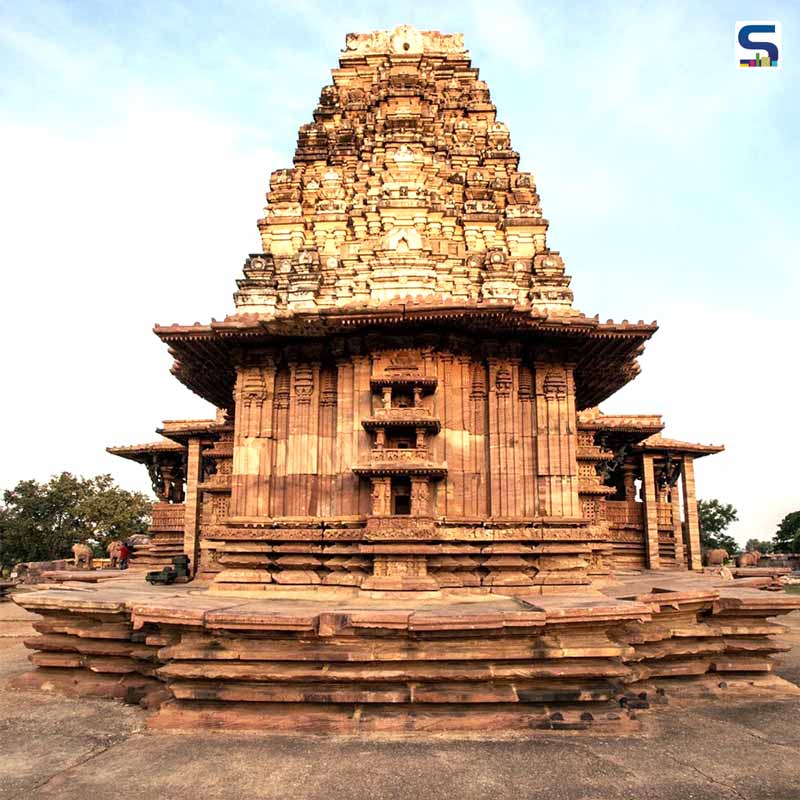
During the 44th session of the World Heritage Committee of UNESCO held on Sunday in China, over 17 of the 21 member nations supported the inscription of the 13th-century Ramappa Temple as a World Heritage site. India now has 39 sites on the UNESCO World Heritage List, and the Archaeological Survey of India (ASI) is now the custodian of 23 world heritage sites. Ramappa Temple, also known as Rudreswara temple, is located at Palampet near Warangal in Telangana. The temple has been on UNESCO's tentative list since 2014. Why has Telangana temple been conferred the tag of UNESCO World Heritage site? What is special about the temple? Get to know at SURFACES REPORTER (SR):
Also Read: What Made The Harappan-Era City- Dholavira, Gujarat- Bag The UNESCO World Heritage Site Tag?
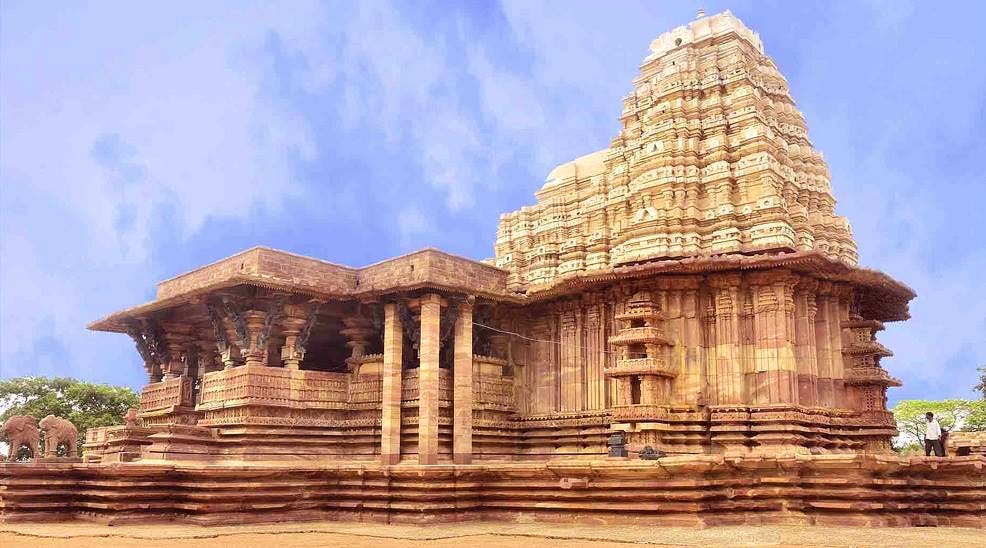
The Indian government proposed Ramappa Temple as its only nomination for the UNESCO World Heritage site list for the year 2019. It was inscribed in UNESCO's World Heritage List as "Kakatiya Rudreshwara (Ramappa) Temple, Telangana.
Besides Ramappa temple, the World Heritage Committee also inscribed Quanzhou: the Trans-Iranian Railway (Iran), Emporium of the World in Song-Yuan China (China), and Paseo del Prado and Buen Retiro, a landscape of Arts and Sciences (Spain) on UNESCO's World Heritage List.
800-year old Architectural Marvel
Ramappa temple is an 800-year old architectural marvel named after its architect-Ramappa. Located in the village of Palampet, which is about 200 km north of Telangana's capital Hyderabad, the temple depicts the "outstanding craftsmanship of the great Kakatiya dynasty." Racherla Rudra Reddy constructed the majestic temple complex during the period of the Kakatiya ruler Ganapati Deva.
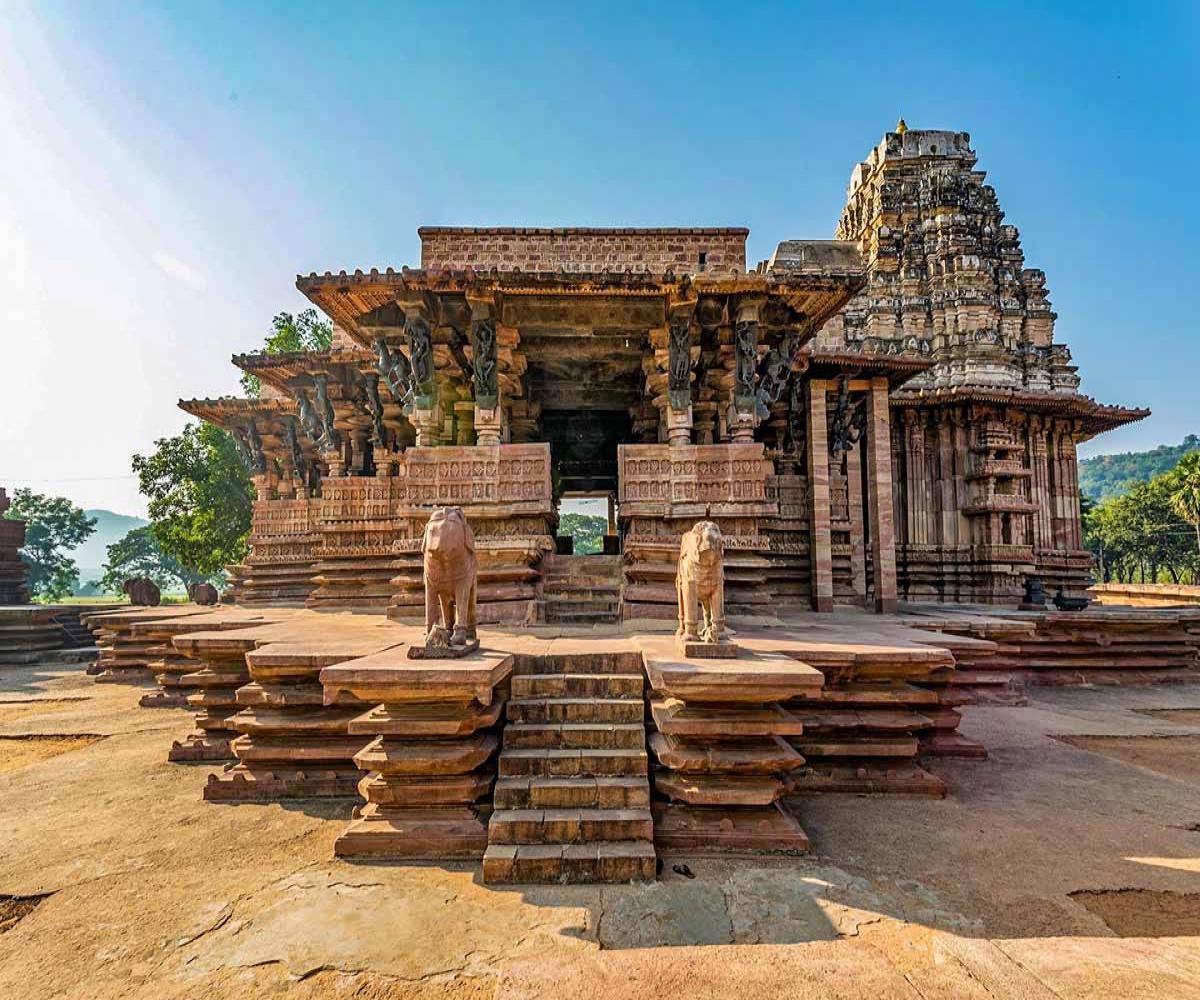
The temple stands on a six-feet high star-shaped platform with pillars, walls, and ceilings decorated with intricate carvings that vouch for the mastery of the Kakatiyan sculptors.
Also Read: The Magnificent Ranakpur Jain Temple With 1444 Unique Pillar Designs
The architect used sandstone to construct this grand temple, which started in 1213 C and is assumed to have continued for over 40 years. The temple showcases the highest level of artistic and elaborative art forms of the Kakatiya era.
What Made Ramappa Temple the World Heritage Site tag?
World Heritage Site is mainly a location with an "outstanding universal value". It represents "cultural and/or natural significance which is so exceptional as to transcend national boundaries and to be of common importance for present and future generations of all humanity". For any site to be included in the Heritage list, it is required to meet at least one of the 10 selection criteria.
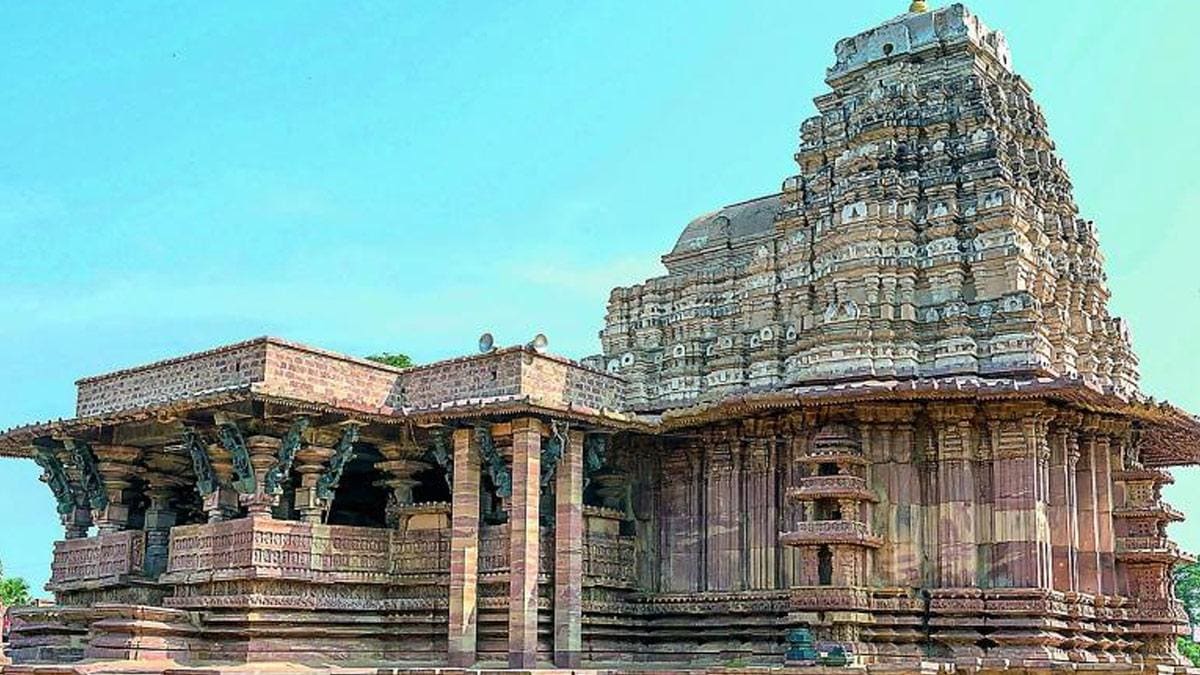
The site should bear exceptional testimony to a cultural tradition or be an excellent example of a traditional human settlement. Or it signifies a masterpiece of human creativity, demonstrating an important exchange of human values over a period of time or within a cultural area of the world.
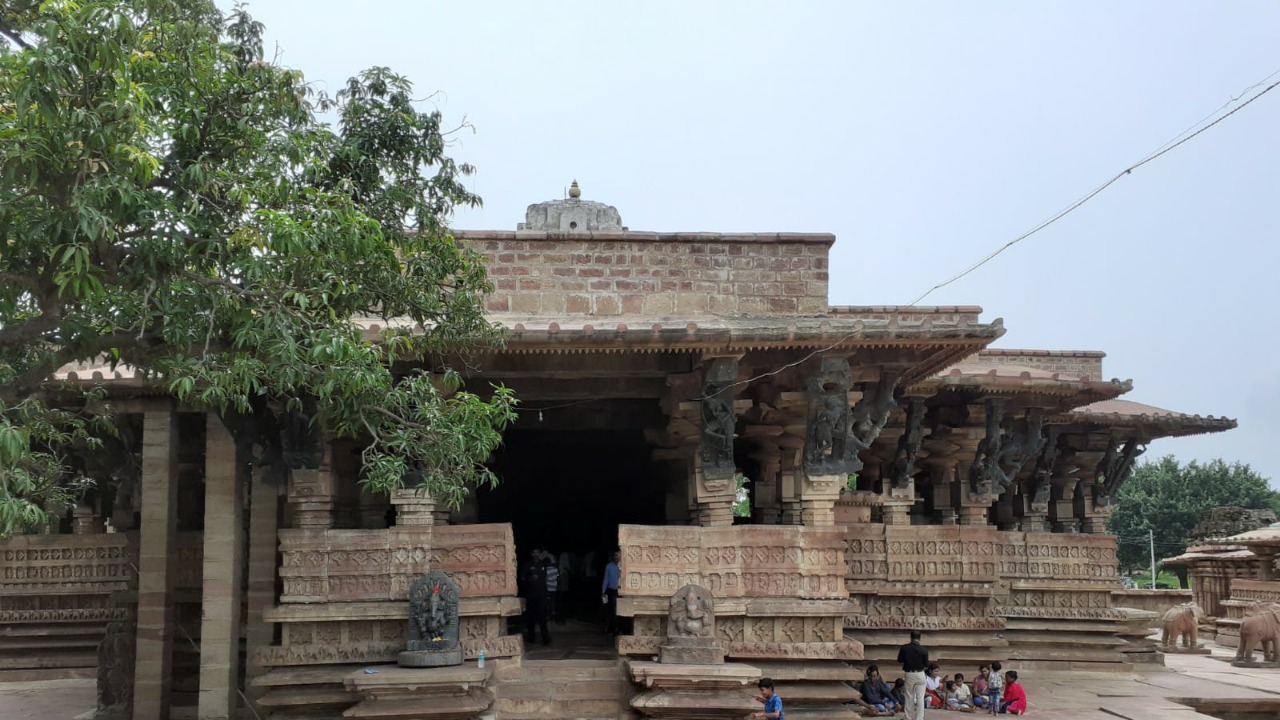
UNESCO quotes about the Rudreshwara (Ramappa) Temple, "The building features decorated beams and pillars of carved granite and dolerite with a distinctive and pyramidal Vimana (horizontally stepped tower) made of lightweight porous bricks, so-called 'floating bricks', which reduced the weight of the roof structures. The temple's sculptures of high artistic quality illustrate regional dance customs and Kakatiyan culture."
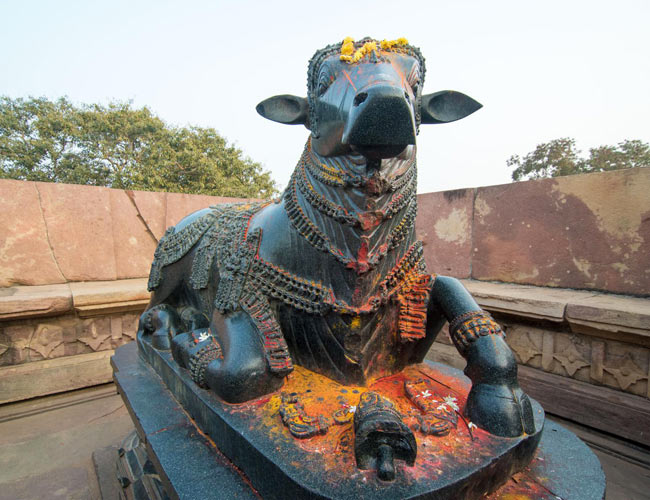
Nandi Bull at Ramappa Temple
Special Features of the Temple
Built-in 1213 AD during the kingdom of the Kakatiya Empire by Recharla Rudra, the temple is known for its excellent craftsmanship.
The temple complex has a distinctive style, amazing technology and embellishments showcasing the influence of the Kakatiyan sculptor.
Also Read: The Architect behind Ram Temple Ayodhya
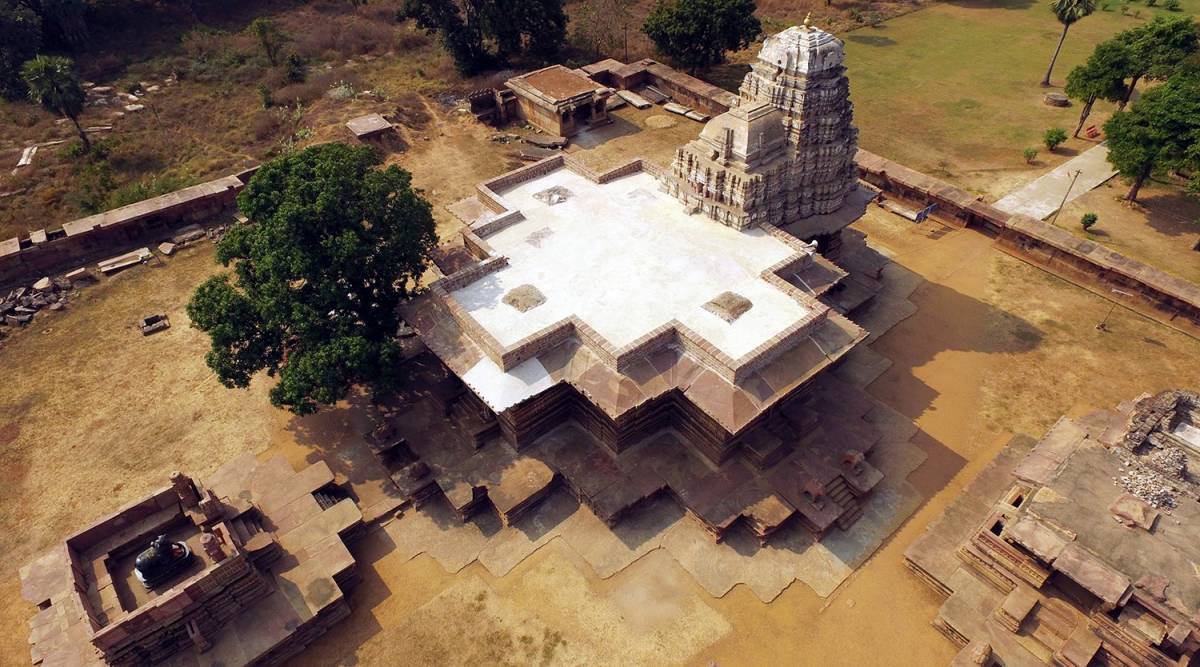
European merchants and travellers who visited South India were fascinated by the beauty of the temple. One such tourist had remarked that the temple was the "brightest star in the galaxy of medieval temples of the Deccan", as per the statement issued by the culture ministry.
The sculptures of the Ramappa Temple, mainly its bracket figures, have their sheen intact even after 800 years of construction. The ministry statement says the temple stands as a testimonial of the Kakatiyan creative genius.
Keep reading SURFACES REPORTER for more such articles and stories.
Join us in SOCIAL MEDIA to stay updated
SR FACEBOOK | SR LINKEDIN | SR INSTAGRAM | SR YOUTUBE
Further, Subscribe to our magazine | Sign Up for the FREE Surfaces Reporter Magazine Newsletter
Also, check out Surfaces Reporter’s encouraging, exciting and educational WEBINARS here.
You may also like to read about:
What ‘Actually’ Made Pink City, Jaipur Bag The Title of UNESCO World Heritage Site?
UNESCO Acknowledges Amar Singh College Restoration Project A Noteworthy Model
and more...